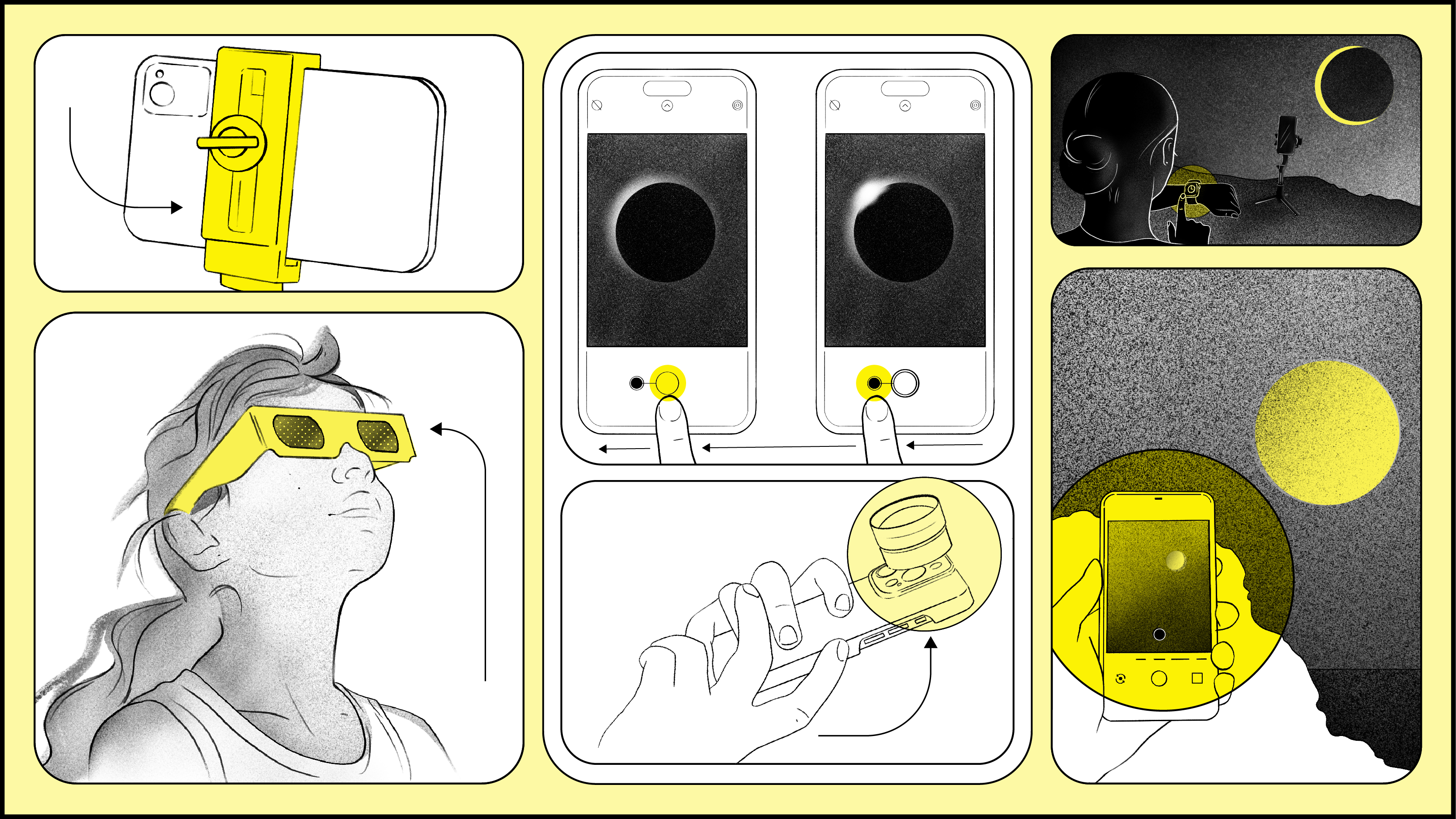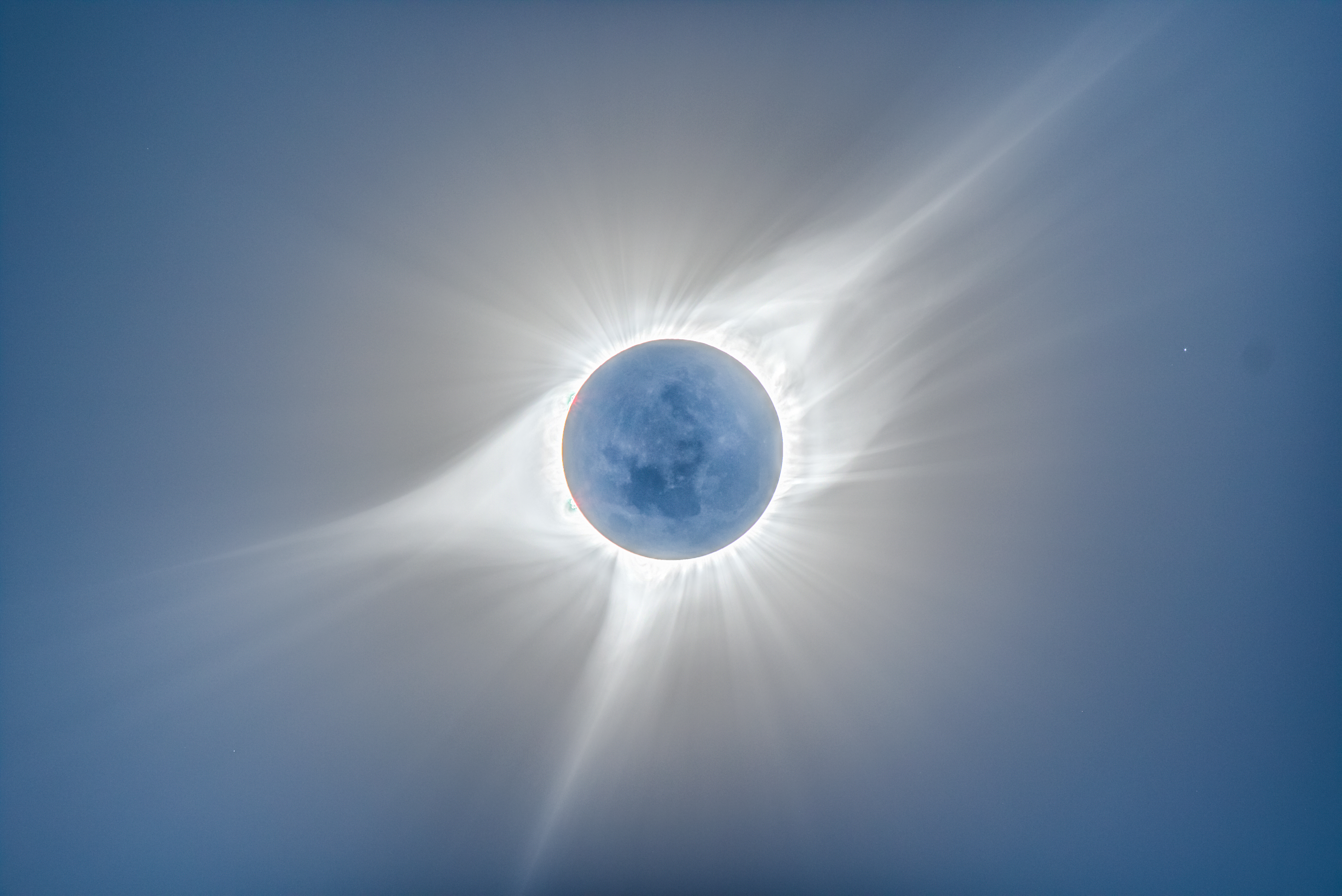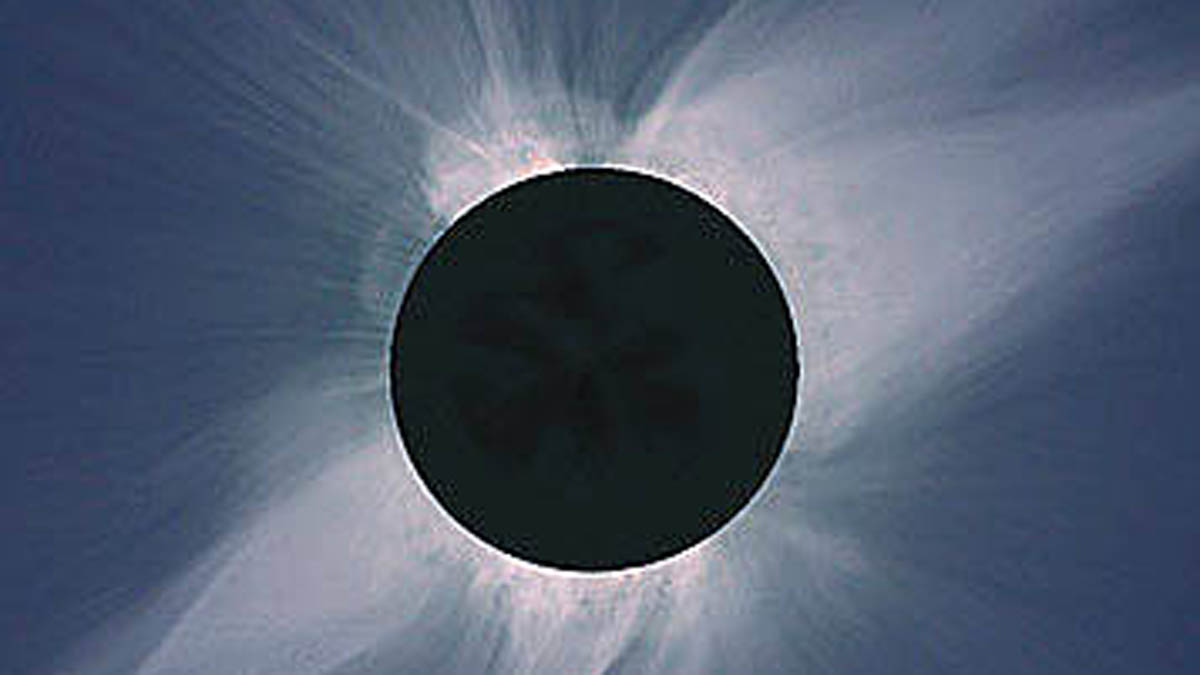You may have heard: A total solar eclipse is taking place on April 8, and much of the country, including parts of Illinois and the Midwest, will have the chance to see the rare spectacle as it happens.
"A total solar eclipse happens when the Moon passes between the sun and the Earth, completely blocking the face of the Sun," NASA said.
The eclipse's path of totality will begin around 1 p.m. CT. The shadow of the moon will start out moving slow, across Texas, up through Arkansas and then southeastern Missouri, southern Illinois and into Indianapolis.
From there, it will travel through Ohio and up to the northeast, with 13 states in total appearing in the eclipse's path of totality.
Feeling out of the loop? We'll catch you up on the Chicago news you need to know. Sign up for the weekly Chicago Catch-Up newsletter here.
According to experts, solar eclipse glasses will likely be needed to safely view the event, especially in areas like Chicago, where only a partial eclipse will be visible.
But what exactly will it look like?
In places like Carbondale, Illinois, which is in the eclipse's path of totality, the moon will briefly cover the sun entirely. In Chicago, a partial eclipse will be visible.
"Even though it’s a partial eclipse over Chicago, the skies are still going to get darker, with more than 90% of the sun getting covered," NBC 5 Meteorologist Kevin Jeanes said. "You’ll notice the crescent shape of the sun in all of the shadows and through your phone camera lens. It feels ominous but it’s a very exciting moment."
An animation from the website Time and Date revealing what the eclipse is expected to look like in Chicago shows the moon slowly coming up towards the sun. It then moves to cover 90% of the sun, leaving just a sliver visible. The moon then spins up and away.
In the path of totality, the entire disc of the Moon covers the entire disc of the sun.
"There is an astronomical difference between a partial and total solar eclipse; literally and figuratively," Jeanes said. "The skies get much darker in a total eclipse, the temperature can drop as much as 10 degrees, animals begin behaving differently, but most importantly you get to see the outer edge of the radiation coming from the sun without having to protect your eyes, just for a few minutes."
How long will the eclipse last?
In Carbondale, the largest Illinois city included in the path, totality will commence at approximately 1:59 p.m.
During this time, stargazers will be able to look at the eclipse without any aid whatsoever, with darkened skies and the famed “corona” blazing around the edges of the moon.
This period will last just a few minutes. Totality is expected to end at approximately 2:03 p.m. as the eclipse follows a diagonal line over Fairfield and exits at Mount Carmel, according to state officials.
The Carbondale area was also included on the path of totality for that eclipse, which occurred in 2017.
In Chicago, a partial eclipse is expected to be visible for a while longer.
The partial eclipse will actually begin at around 12:51 p.m. and last until 3:22 p.m., giving folks around two-and-a-half hours of viewing time.
What makes the total solar eclipse so special?
The next total solar eclipse won't take place in North America until August 2045.
"Even then, we'll have to travel to Montana, North Dakota or western Canada to see it," Jeanes added.
For those who have the chance to see the spectacle in totality, it's a particularly memorable experience, because it's so rare.
"Just enjoy this astronomical phenomena," Telemundo Meteorologist Maricela Vázquez said. "It's really great. And if you can travel to Indianapolis or southern Illinois, it will be a great experience. People cry when they see it. The sun covers it, and you see darkness. Even temperatures can drop a couple degree."
As Jeanes put it, the event on April 8 is not to be missed.
"This will be the greatest solar eclipse across the U.S. in our lifetime," Jeanes said.




